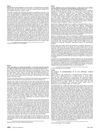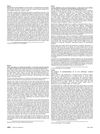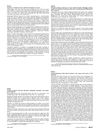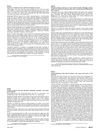The Features of Onychomatricomas on In Vivo Reflectance Confocal Microscopy
March 2014
in “
Journal of The American Academy of Dermatology
”
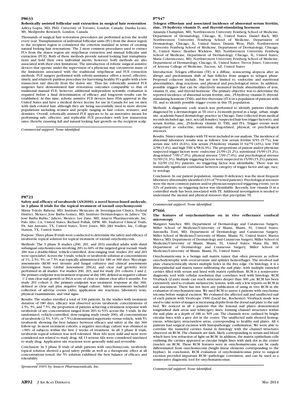
TLDR Reflectance confocal microscopy can noninvasively diagnose onychomatricoma by showing unique features different from healthy nails or nail fungus.
In a study conducted nine years ago, researchers used in vivo reflectance confocal microscopy (RCM) to evaluate the features of onychomatricoma, a benign nail matrix tumor, in four patients prior to surgical excision. Onychomatricoma typically presents with yellow onychodystrophy, overcurvature, splinter hemorrhages, and multiple holes in the free edge of the nail plate. RCM, a noninvasive diagnostic tool with cellular resolution, was used to assess both the affected and unaffected nails of each patient. The RCM VivaStack mode allowed for the capture of images at depths ranging from 186 to 505 µm. The affected nails showed longitudinal dark areas and white/grey lines forming channel structures within the nail plate, which were outlined by bright circular lines with a grey dot in the center. These channels corresponded to the tunneled cavities filled with serum and lined with matrix epithelium seen in histology. Unaffected nails displayed homogeneous, white/grey structureless areas indicative of healthy nail plates. The study concluded that RCM can be used as a noninvasive diagnostic tool for onychomatricomas, providing important RCM-pathologic correlations and differentiating features from onychomycosis. No commercial support was identified for this study.

